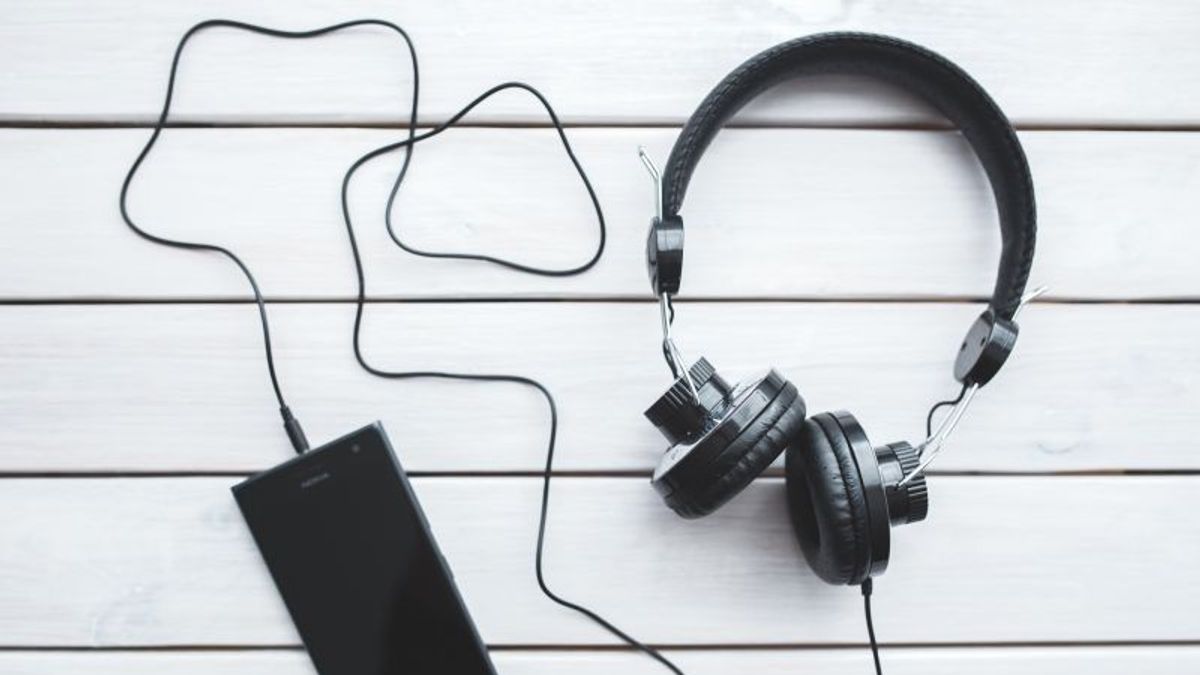JAKARTA - In the last five years, local music has been increasingly favored on streaming services in Indonesia, with the Indonesian-language pop genre and regional pop starting to erode the dominance of foreign songs.
"About five years ago, the consumption of the music market was 70 percent international and 30 percent local. Lately, however, the market has become much more local. Many people have consumed Indonesian and Javanese songs. According to our analysis, consumption sharing has shifted to 60 percent international, 40 percent local", said Country Manager of Believe Indonesia, Dahlia Wijaya, quoted from Antara, Thursday.
Dahlia explained that local music is currently dominated by pop genres in Indonesian, then it extends to Javanese-language pop songs, Minang pop, Batak music, Sunda, Manado, Papua, and Ambon.
While the genres that continue to be popular locally on YouTube are dangdut, Javanese pop, pop Malay and K-Pop.
"K-Pop is very popular here, and has surpassed Japanese pop which was still popular a few years ago," he explained.
According to Dahlia, the interesting thing about the dangdut genre which is generally sung in Javanese is because it is combined with dances like what is commonly found in Indian music.
"Dagdut fans like to watch videos for choreography, just like they like to listen to songs. That's why YouTube is their preferred platform," he added.
What should be appreciated is that most digital streaming services support local and hyperlocal music, and most of them have hyperlocal playlists.
For example Spotify, which launched my local #SpotifyIdentity campaign in October 2022 to celebrate Indonesia's cultural diversity and musical identity.
"Six artists have been selected to be the faces of this campaign and five of them are Believe artists, so we are very proud," he explained.
According to him, most digital streaming services offer "freemium" and premium packages because even though Indonesians like music, they don't always want to pay to access it.
"So, most of them are still a freemium business here and are highly oriented towards using videos that represent about more than half of the streaming revenue. We estimate that less than 1 percent of the entire population pays for premium packages," he explained.
As a comparison for paid subscribers, continued Dahlia, Thailand has about 3 percent of users, China is 9 percent of users, and the US is more than 35 percent of users. Turning a free user into a paid user, he said, is a long and difficult process for digital streaming services because it is related to user education for the benefits of premium models.
"The controversy in Indonesia is at an early stage, as is the case for other markets at the same premium development stage," explained Dahlia.
另请阅读:
He further explained that low credit card penetration in Indonesia also creates technological barriers, in addition to inequality in internet coverage. To overcome this, digital streaming services can offer bundled music with mobile subscriptions and handle digital wallet payments through local platforms.
"This strategy is the most effective with adult listeners who have higher income and value the ad-free experience," said Dahlia.
Mobile collection, he continued, is another interesting option currently being implemented by digital streaming services. Some of them concluded agreements with local telecommunications operators so users can subscribe to services via mobile packages, benefiting from subscription discounts or allocated data just to listen.
The English, Chinese, Japanese, Arabic, and French versions are automatically generated by the AI. So there may still be inaccuracies in translating, please always see Indonesian as our main language. (system supported by DigitalSiber.id)


















